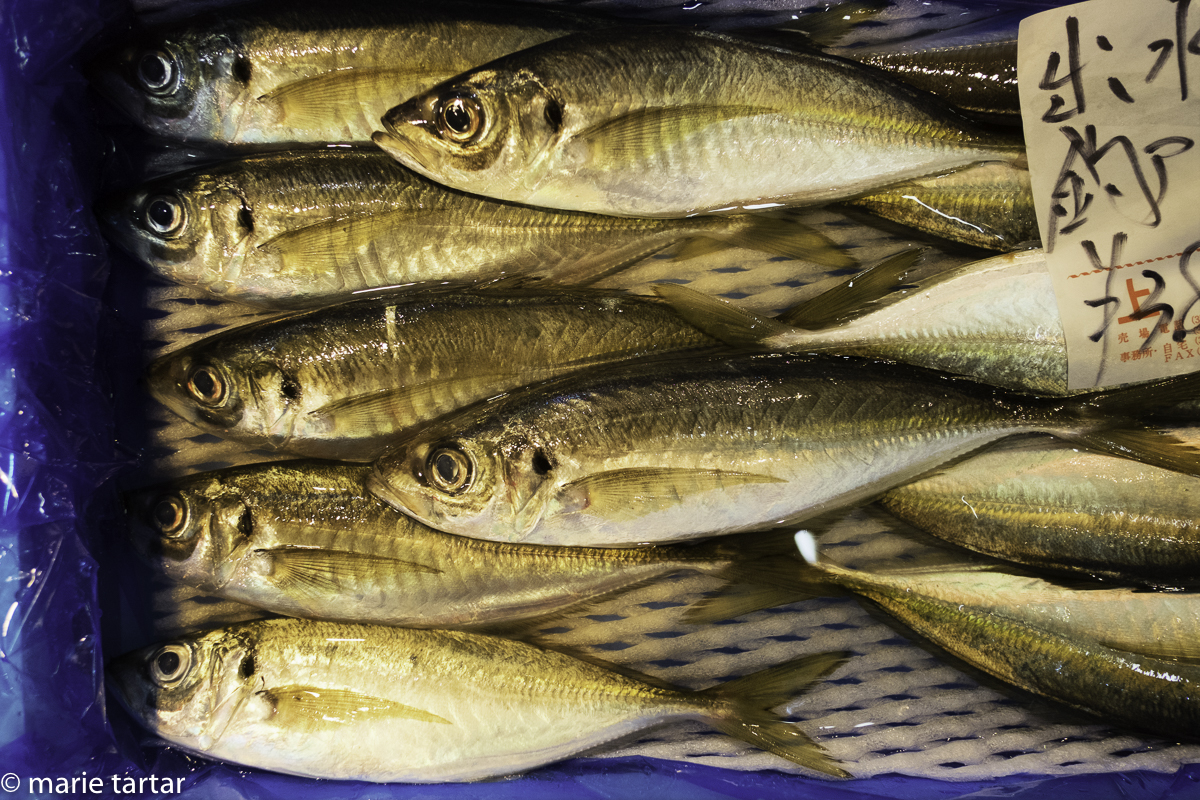
Monday, April 4, 2016
In early April, 2016, we were perfectly positioned to partake in that most Japanese of pursuits: hanami, or cherry blossom viewing. The Japanese word derives from hana (flower) and the verb mimasu (to see) and to be in Japan at the peak of cherry blossom season was a long-time dream for me.
As it usually does, marital compromise played an important role in landing us there at this time. We originally planned to do a bicycle trip in northern Argentina, organized by our friend Cindy. But returning from Indonesia in November, we were even more than usually stoked about diving. Our friend Greg had signed up for a Reef Photo workshop in Anilao, Philippines, a destination we’d been hearing more and more about as superb for muck and macro photography. We’d been wanting to try out the Philippines as a diving destination, both for being less expensive than Indonesia and reachable by a single non-stop flight from LA.
Once we’d decided we really preferred to dive instead of bike in April, the next decision was what to add, as the workshop was for only one week. Even if reachable by a non-stop flight, it was too far to go for just one week. I looked into adding on another Philippines destination. There was a live-aboard with spaces on it for us, but it didn’t leave until half a week after the workshop, and would turn the trip into nearly 3 weeks long, too long for Steve.
Trying to keep within 2 weeks, I noticed we could route ourselves through Japan on JAL for a long stay over without penalty. The timing was perfect for cherry blossoms, which was how we turned a non-stop trip to dive into a 2 country, 2 week double feature. Steve didn’t want to do a 3 week trip, I didn’t want to do a 1 week trip, Steve knew a stop in Japan would please me and give me a chance to see sakura and practice my Japanese…that is how negotiations proceed in our household.
But traveling in Japan with a load of dive gear? At least going to Japan first, it would be dry! We decided storing our dive and underwater photo gear in Narita would free us up to travel unencumbered on Japan’s efficient train system. We would fly non-stop to Tokyo from San Diego, ditch our gear, head into Tokyo Station and on to Kyoto by train. Four days later, we’d do the trip in reverse, pick up our gear in Narita, and fly non-stop to Manila. This is completely feasible in the land of punctual-to-the minute trains.
Leaving San Diego on a Saturday would land us in Narita Sunday evening, so to minimize the number of transfers, I decided we would overnight in Tokyo Station, where we would board a shinkansen bullet train the following day for Kyoto. Tokyo Station is reachable without transfers by the Narita Express train. Tokyo Station is a megalopolis itself, with some 200 exits and multiple hotels in its midst. The Tokyo Station Hotel is an Important Cultural Property, dating back to 1915, one year after the station itself, and reopened in 2012 after a 6 -year renovation. Notable for being of brick construction and European in style, it survived the Kanto earthquake of 1923 and WW II, although was heavily damaged. Beautifully appointed, its location within the station can’t be beat, and it proved to be an oasis of comfort and quiet, steps away from the controlled chaos of the station.
We awoke to a grey and drizzly Tokyo morning. We debated walking vs. taking a cab to Tsukiji fish market. The strongest argument for a cab was to locate the nearby restaurant in Ginza where we were scheduled to meet friends for lunch at noon. How difficult can it be to find a restaurant in Ginza? Difficult! Fortunately we started 2 hours in advance, and succeeded after 1.5 hours. It was a case of asking directions multiple times, shopkeepers pulling up the restaurant’s website on their personal phones, gesturing and pointing, zeroing in on the corner of the city and then drilling down on the numbers, and then, finally, me slowly reading the sign out front. Yes, in Japanese! The hiragana characters for Asami (あさみ) were the only clue that we were in the right spot. The address is Tokiwagi kan 1F, 8-16-6 Ginza , Chuo-ku, Tokyo. Those 3 numbers within the address encode the neighborhood, block, and building, in the Japanese way, proceeding from general to specific.
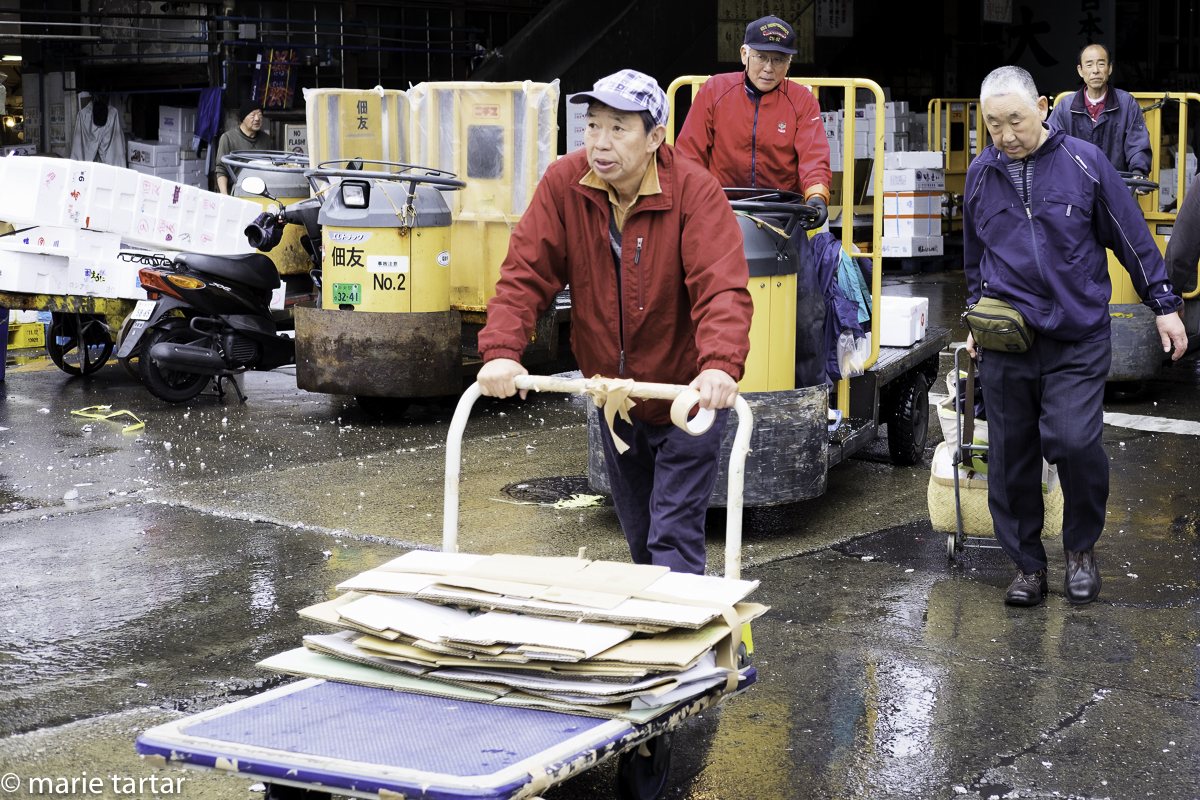
A never-ending stream of carts, trucks, even rickshaws stream in and out of Tsukiji, the world’s busiest seafood market, scheduled to be moved across the bay in November, 2016
Our only prior visit to Tsukiji was also in April (2014) and I remember being very cold there, so we were both surprised by how mild the temperature felt, both out in the drizzle and in the caverous space of the world’s largest and busiest fish market. We walked and arrived at 8:45 am, only to be held back by a uniformed traffic control officer, as motorized carts, trucks and bicycles sped by narrowly. We were allowed in at 9 am.
Tsukiji is a marvel of organized chaos, a wet, bloody, waiting-for-an-accident working fish market. It is a wonder tourists are allowed in at all and that serious injuries don’t result.
In addition to uneven surfaces, there is constant activity in every direction, water being sloshed onto the floor, fish scales flying, men wielding fishhooks and axes, transfixing activity in every direction.
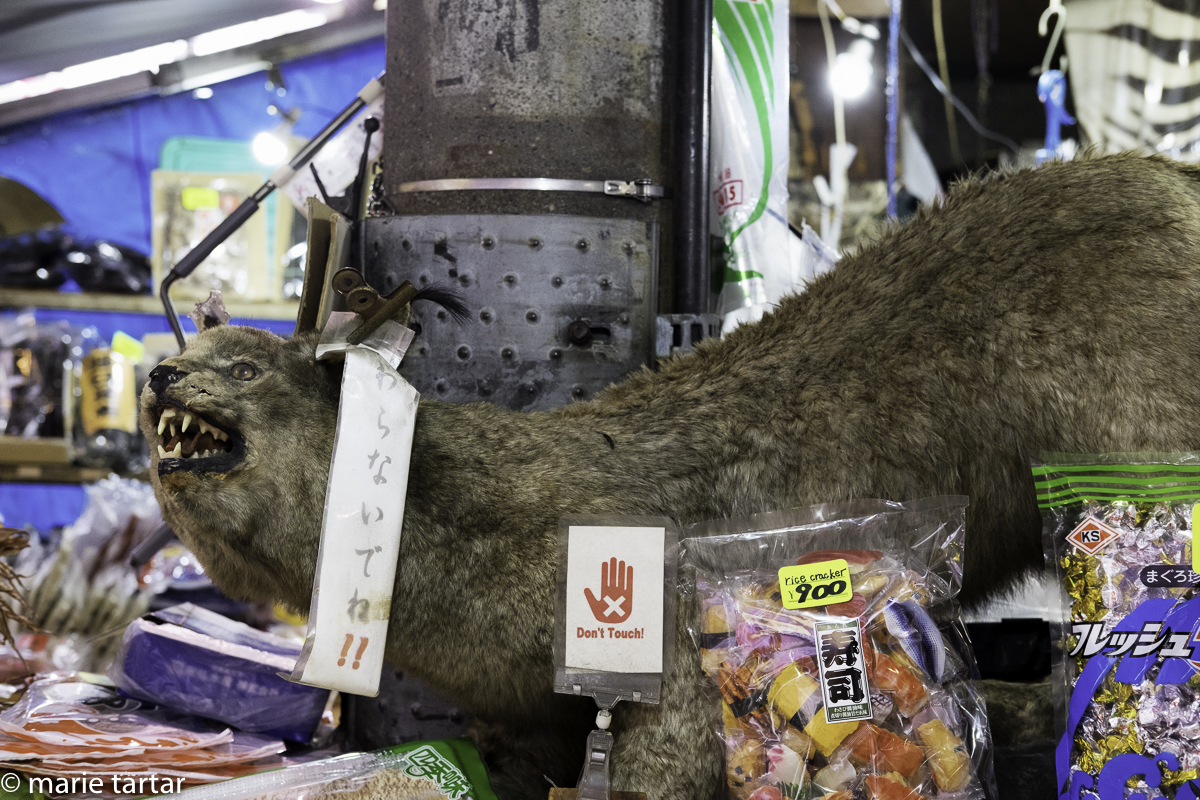
One of the stranger sales displays encountered at Tsukiji fish market, Tokyo, featuring a tanuki, the folkloric Japanese racoon dog
When the action died down, we headed toward the outer market and the general direction of the restaurant, whose website I had perused before departure. That was when the hunt began, stopping in Starbucks and an incredibly loud pachinko parlor, zeroing in on the corner of the city concealing the restaurant. GPS would have helped considerably, but we eventually succeeded.
We were the first to arrive, and I was just ducking out again to try to find a 7-11 for an ATM when Mari and Hideo arrived. I had just ascertained that the restaurant didn’t accept credit cards (Japan is a largely cash based society). They wouldn’t let me go in search of an ATM, insisting we would be their guests. We had a lovely, multi-course kaiseki meal and it was great becoming better acquainted in person. We met briefly several years ago in Paris, at the fantastic breakfast of our mutual Left Bank hotel of choice, Relais Saint Germaine. I saw them several mornings in a row at another table, speaking Japanese quietly, while I longed to practice my nascent Japanese. On one of our last mornings there, we were seated at adjacent tiny tables, virtually in each others’ laps, and I couldn’t resist:
“Nihon-jin desu ka?” (Are you Japanese?)
Thankfully, Mari was most gracious, and speaks English well (Jouzu desu) and we had a nice conversation. Leaving the next day, I left them a flyer for an exhibition I thought might interest them (a museum show of a Paris-based pair of Japanese artists, Yuki Onodera and Aki Lumi, who we had visited with MOPA earlier the same trip). Before long, Mari and I were effectively penpal friends, through our blog. So, it was wonderful to meet again in person.
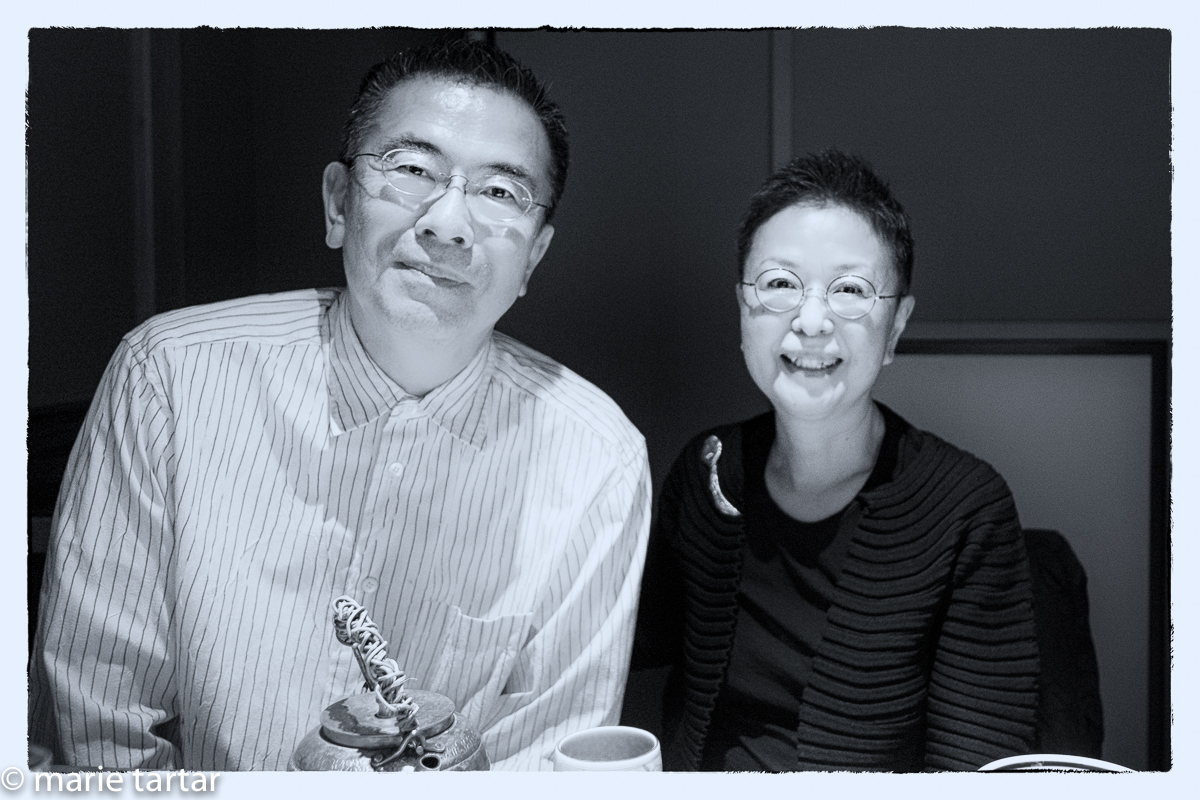
Gracious hosts and fellow Francophile friends: Hideo and Mari, at lunch at Asami (あさみ) in GInza, Tokyo
All too soon, it was time for us to mobilize for our return to the station to gather our bags and barrel across Japan westward toward Kyoto. I don’t remember much about the journey itself, thanks to jetlag catching up with me, aided by Hideo’s meticulous attention to my sake cup at lunch.
Two hours and 40 minutes later in Kyoto, we were en route to cherry blossom bedecked Kiyamachi-dori Street, and our waiting machiya apartment, ready to embark on our hanami fantasy, the subject of the next post.
-Marie
For more about Tokyo, here’s a link to a prior trip:

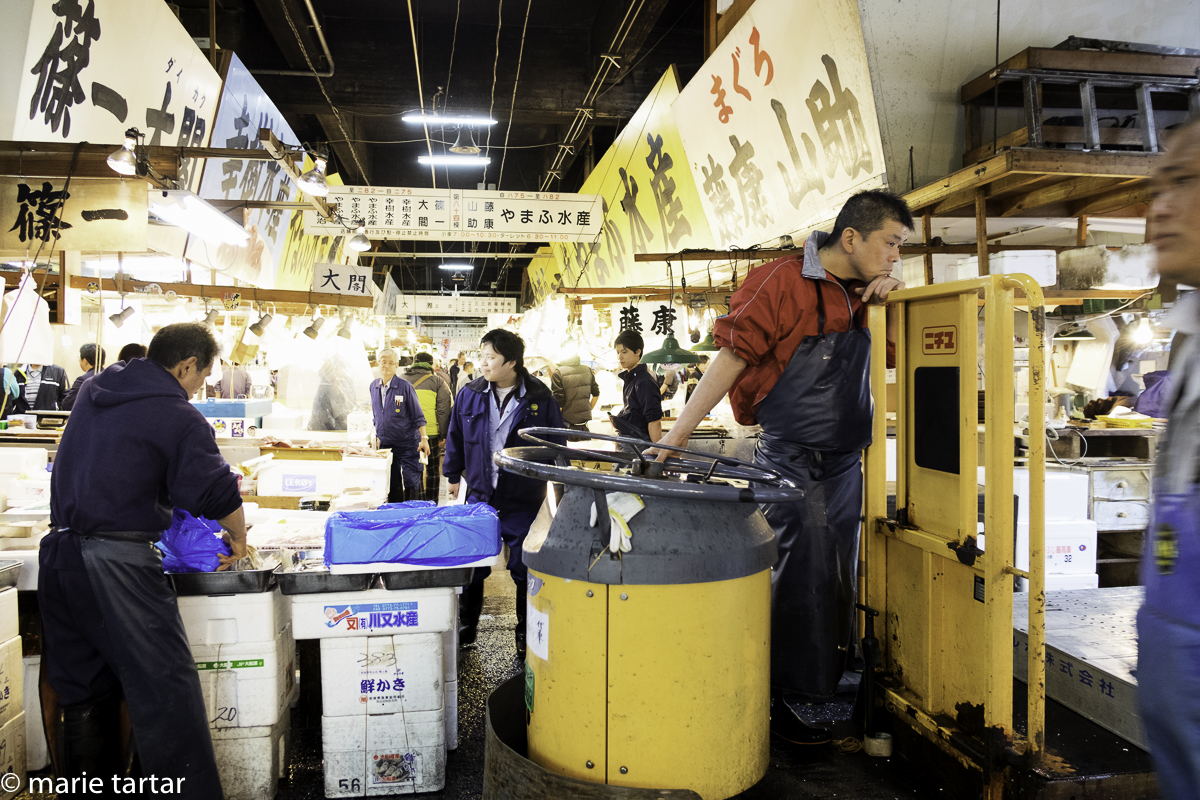
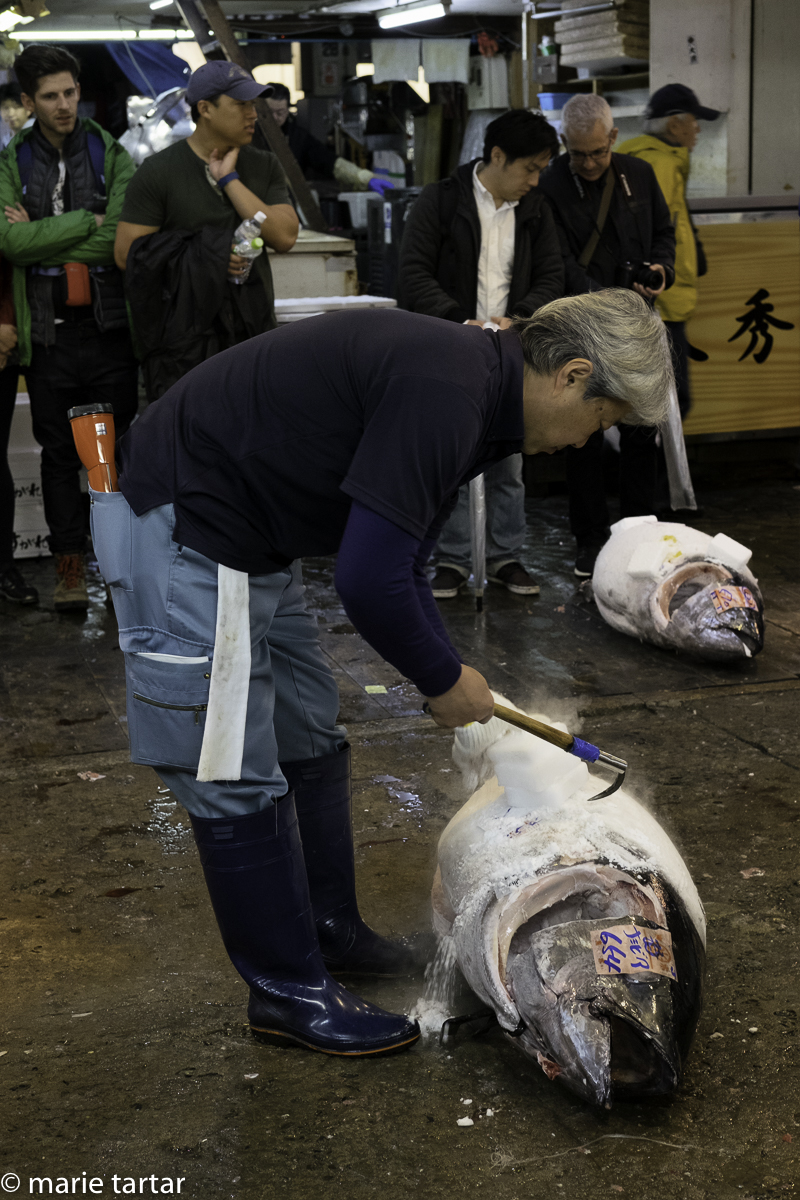
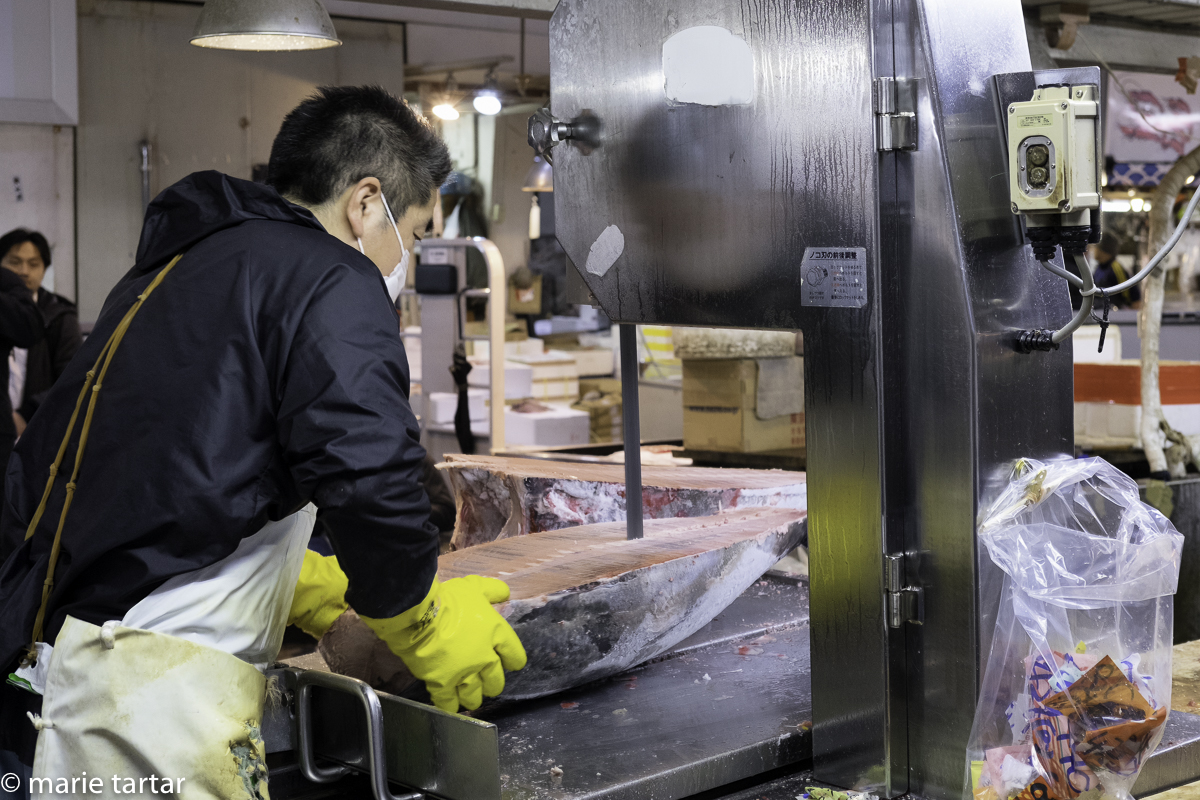
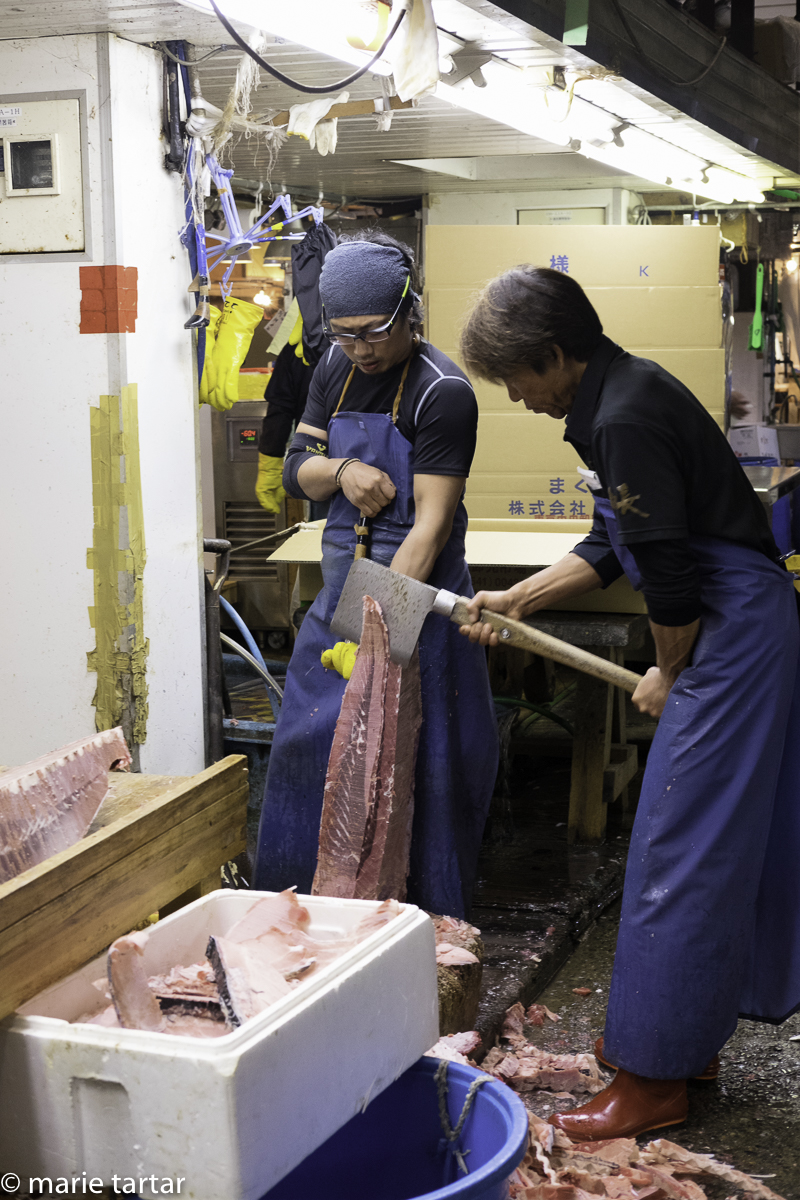
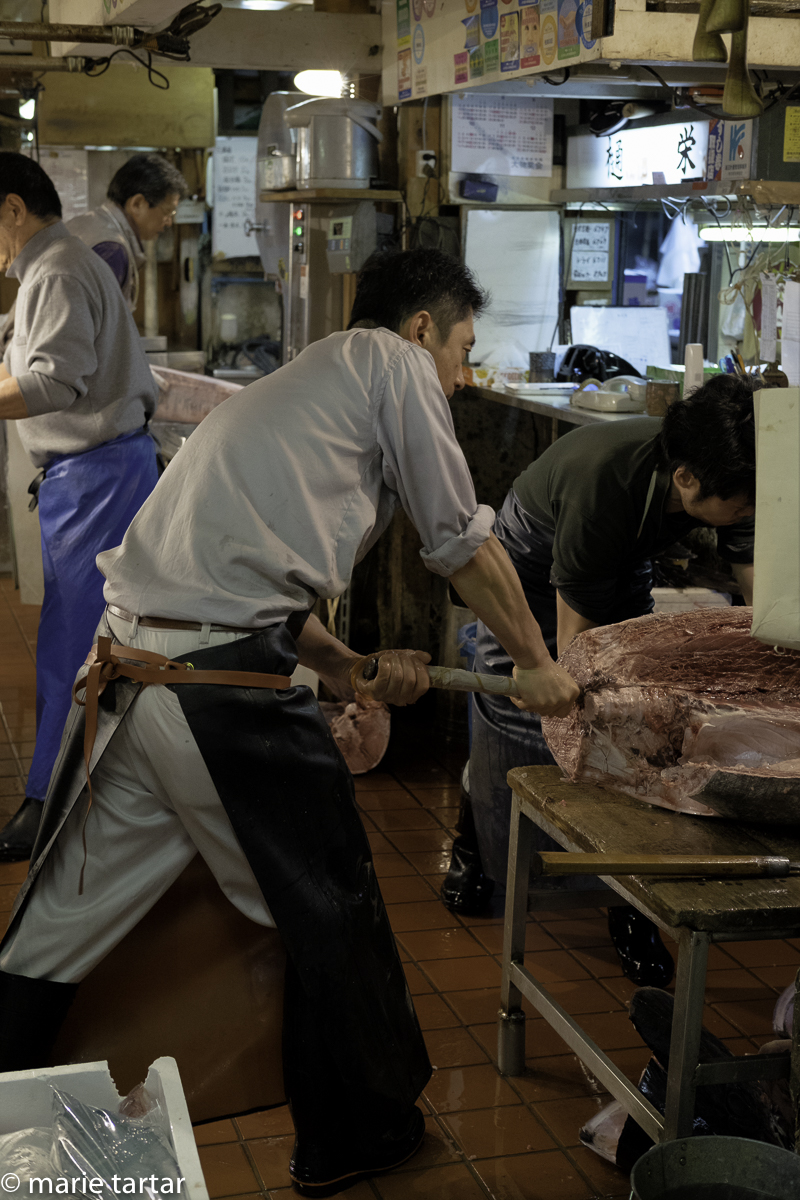
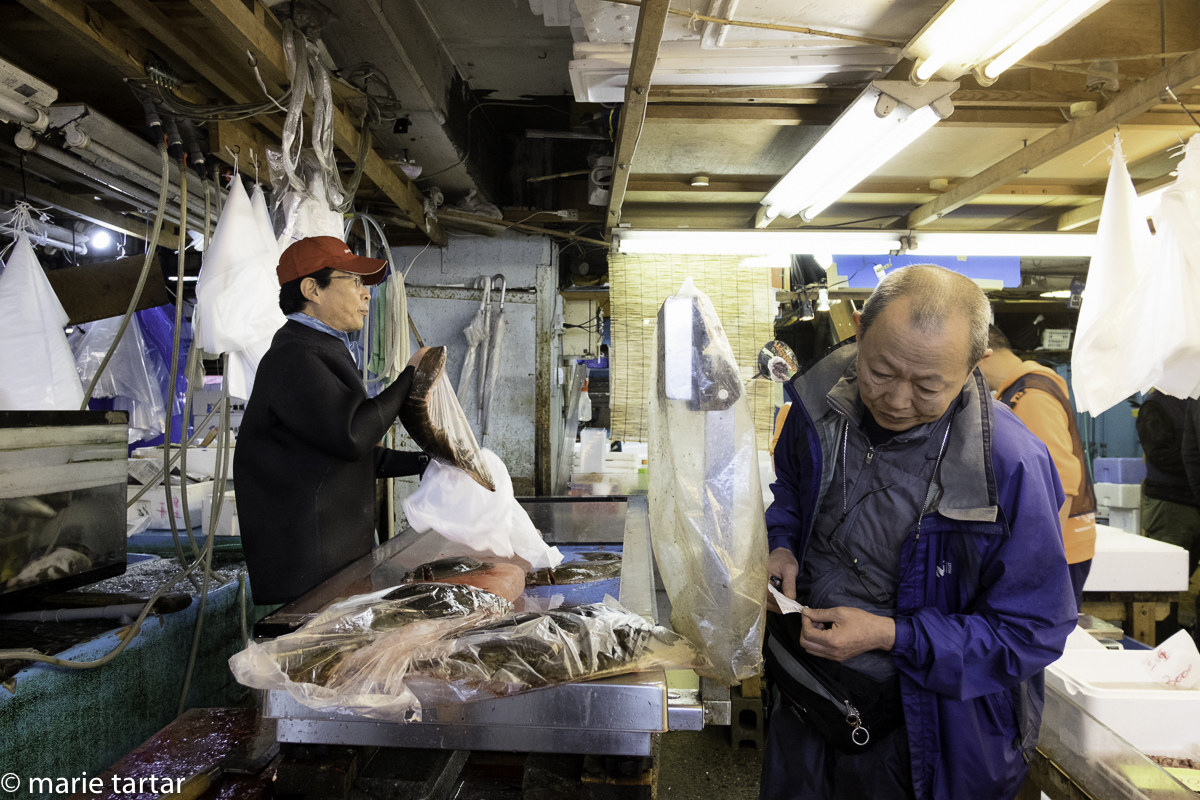

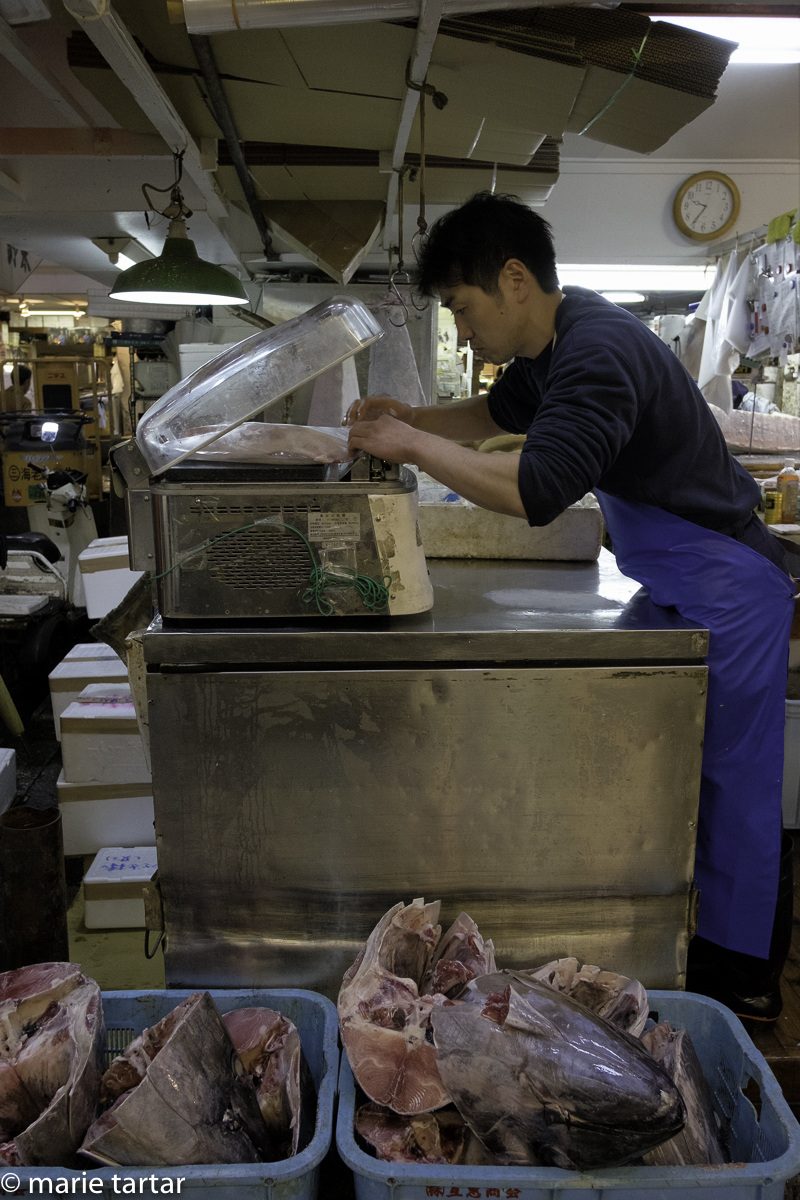


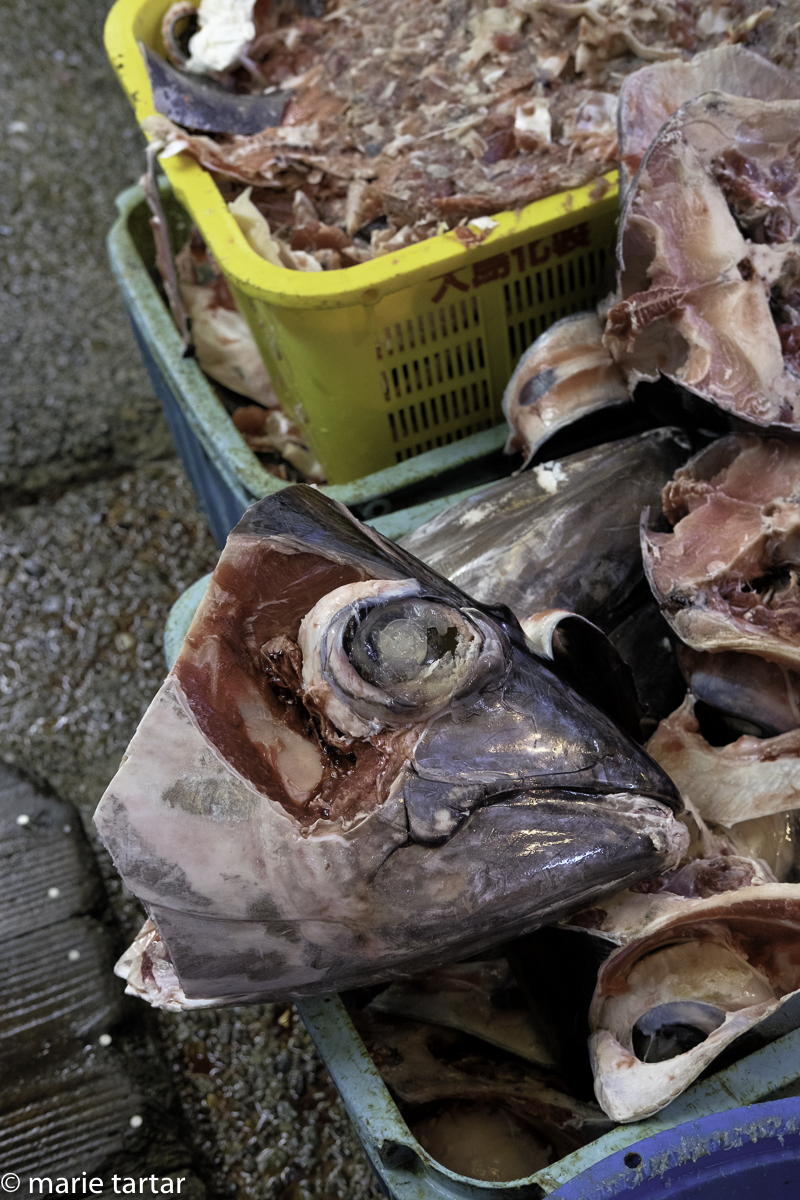
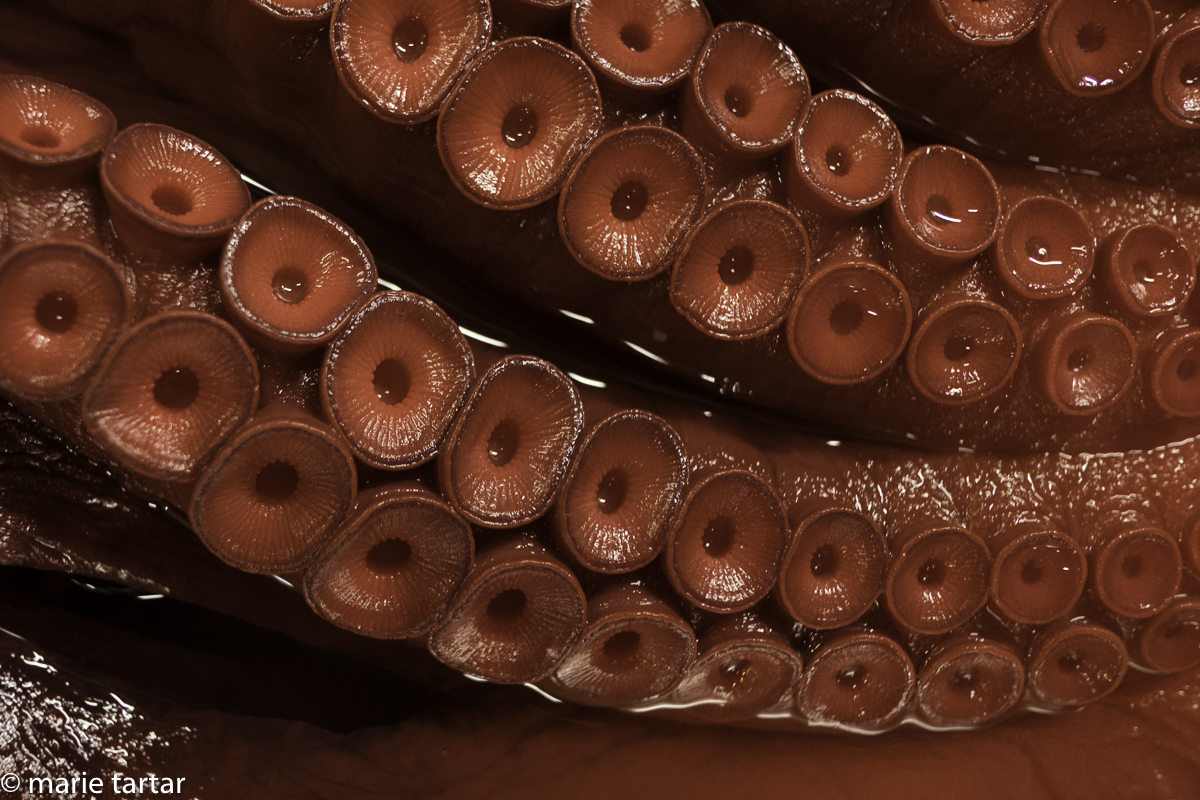


Incredibler! The scale of fish death is boggling
Indeed, Heather, I think the world’s oceans would be better off if sushi had never caught on internationally as it has.
-Marie
Looking forward to part 2!
Thanks, Biren, Tsukiji is a definite landmark and is slated to be permanently moved across the harbor in Nov 2016, so there is limited opportunity to see it in its historic location!